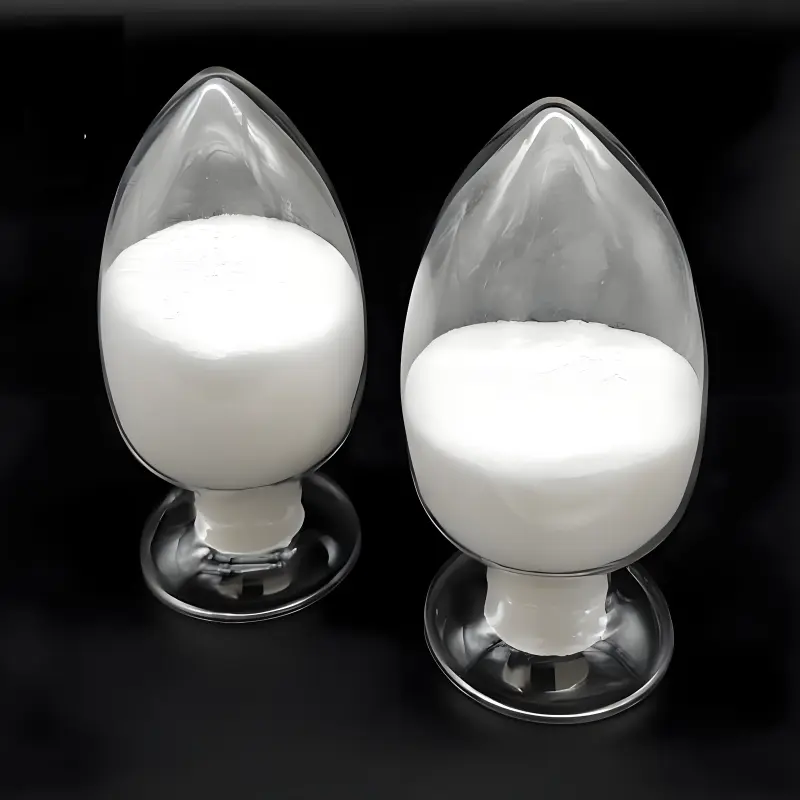-
Categories
-
Pharmaceutical Intermediates
-
Active Pharmaceutical Ingredients
-
Food Additives
- Industrial Coatings
- Agrochemicals
- Dyes and Pigments
- Surfactant
- Flavors and Fragrances
- Chemical Reagents
- Catalyst and Auxiliary
- Natural Products
- Inorganic Chemistry
-
Organic Chemistry
-
Biochemical Engineering
- Analytical Chemistry
-
Cosmetic Ingredient
- Water Treatment Chemical
-
Pharmaceutical Intermediates
Promotion
ECHEMI Mall
Wholesale
Weekly Price
Exhibition
News
-
Trade Service
The Synthetic Routes of Triptorelin: A Comprehensive Overview
Triptorelin is a synthetic hormone that is used in the treatment of various medical conditions, including prostate cancer and infertility.
Its synthesis involves a complex series of chemical reactions, and there are several different synthetic routes that can be used to produce it.
The first synthetic route for triptorelin was developed in the 1970s by a team of researchers at Sandoz Pharmaceuticals (now Novartis).
This route involved the synthesis of a precursor molecule, known as desglycinamide, which was then converted into triptorelin through a series of chemical reactions.
The Sandoz synthesis involves several steps, including the synthesis of the precursor molecule, the formation of an N-acylation, the formation of azo compound, the synthesis of an N-allyl sulfonamide, the synthesis of an N-allyl amide, the synthesis of an N-allyl sulfonamide, and the synthesis of triptorelin.
Another synthetic route for triptorelin was developed by a team of researchers at Abbvie (formerly known as Abbott Laboratories).
This route involves the synthesis of a precursor molecule known as N-hydroxy succinimide, which is then converted into triptorelin through a series of chemical reactions.
The Abbvie synthesis involves several steps, including the synthesis of the precursor molecule, the formation of N-hydroxy succinimide, the synthesis of N-hydroxy succinimide, the synthesis of N-hydroxy succinimide, the synthesis of N-hydroxy succinimide, the synthesis of triptorelin, and the synthesis of triptorelin.
In recent years, other synthetic routes for triptorelin have been developed, including a synthesis route developed by a team of researchers at the University of Pennsylvania, and a synthesis route developed by a team of researchers at Lilly.
The University of Pennsylvania synthesis involves the synthesis of a precursor molecule known as N-[2-(2-bromo-4-cyclohexyl-6-oxo-1,2,3,4-tetrahydroquinazolin-3-yl)-4-[(2S)-2-[[(2S)-2-[(2S)-2-(2-methoxy-2-oxoethoxy)acetyl]-5,6-dihydroimidazo[1,2-d][1,4]benzoxazepin-9-yl]methoxy]amino]butyric acid], which is then converted into triptorelin through a series of chemical reactions.
The Lilly synthesis involves the synthesis of a precursor molecule known as N-[3-(2,6-dichlorophenyl)-1-[(2S)-2-[[(2S)-2-[(2S)-2-(2-methoxy-2-oxoethoxy)acetyl]-5,6-dihydroimid






